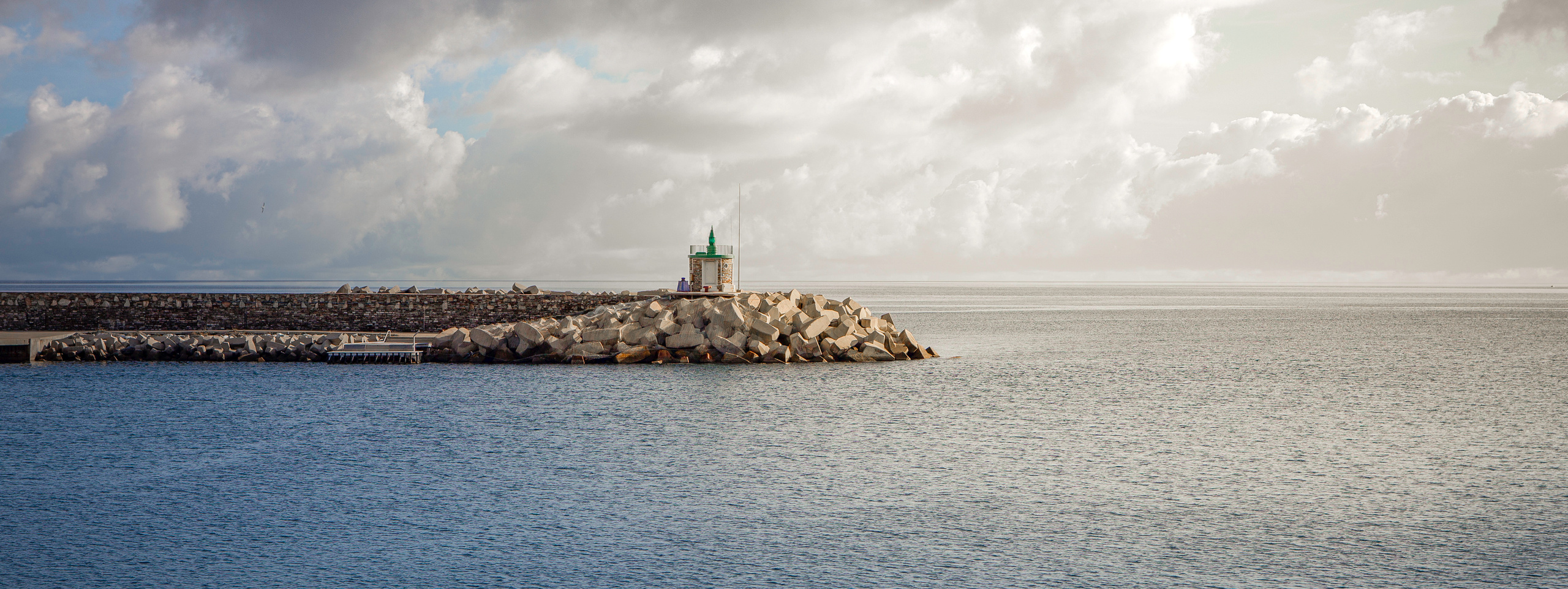
It’s important to note that there is a significant difference between creating images and just taking them. However, creating awesome imagery can be easier than you think and it’s often the case that simple is best. The simplest of images can often be the most striking and simple can mean minimalist. The creation of these types of images requires correct use of your lens and depending on the subject, the right location.
Location
Remote locations are best, but urban environments can be equally ideal. The challenge in remote locations is finding a strong central subject.
The following are good examples of locations:
Coast
The expanse of the ocean invites a minimalistic feel with a view out to the horizon. You can further build on this by flattening the sea through long exposure Interesting rock formations, islands, lighthouses, washed up logs can all make great main subjects. Not only can you flatten the sea but long exposure on waves makes for a different experience.
Desert
Sand deserts or ice deserts make for great minimalistic opportunities. Clear wide open spaces with minimal to no clutter. Lone trees, standing or fallen make central subjects or dunes, hills and shrubbery. Great lines with long stretches of road, dust or tar lead the eye perfectly and can lend some needed contrast.
Mountain
Too many mountains in a scene can be cluttered and so choose your composition with care but equally a line of mountains against a clear horizon could work equally well. Subjects like mountain cabins, huts, reflections on water, lone trees or even beams of natural light.
Lens
The lens you choose is equally as important as the location and composition. Naturally, there is no rule over which lens to use but here is some guidance:
- Wide angle: Use of negative space is crucial to minimalist photography and something you learn with composition techniques as you become confident with your photography. Wide angle lenses can create the required negative space and try all angles, don’t be afraid to get down and dirty.
- Long focal length: Allows you to better focus on specific areas rather than all encompassing however, the challenge is to avoid compressing too many things into the same image. Remote locations would be easier than urban with long focal lengths which can be at risk of being cluttered.
Perspective
Here are some ideas for perspective and angles:
- Bird’s eye: Things looks very different from high up. Think drone photography. Mountain tops and viewing platforms make for ideal angles.
- Worm’s eye: At the other extreme, look up. Big sky and small subject or the ground as foreground.
Subjects
Landscape photos unlike portrait photography, might not always have an obvious focal point. But leading the eye and lending balance to the image with a strong subject does pay off. In a minimalist landscape, the area surrounding the subject is equally important in expressing the subject itself thereby making it stand out more. So what subjects can you use?
- As previously mentioned, a lone tree provides a clear focal point, is natural, looks beautiful and ideal for a number of compositions.
- People — a lone person set against against the horizon, a blank wall, a promenade or bike rider going up a hill.
- Buildings with colour contrasts make for great subjects against the sky or other contrasted buildings.
Here’s a good video by The School of Photography that gets into more detail

